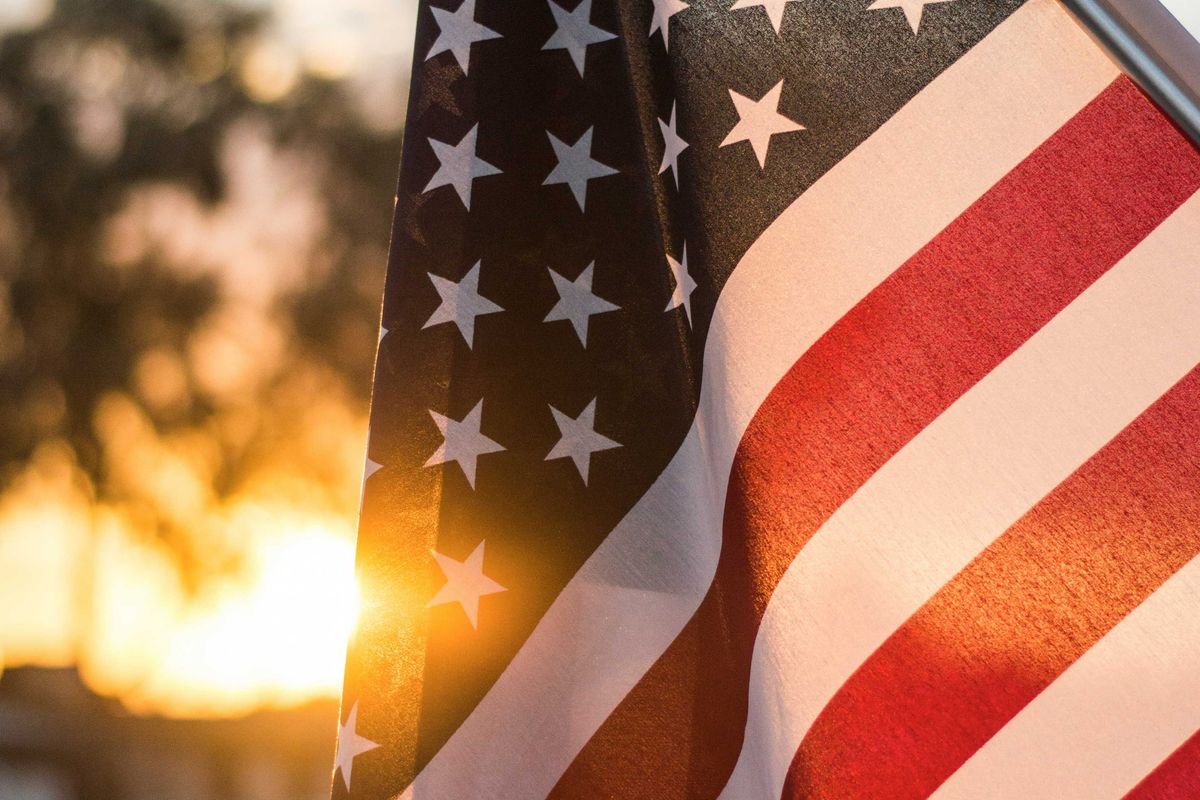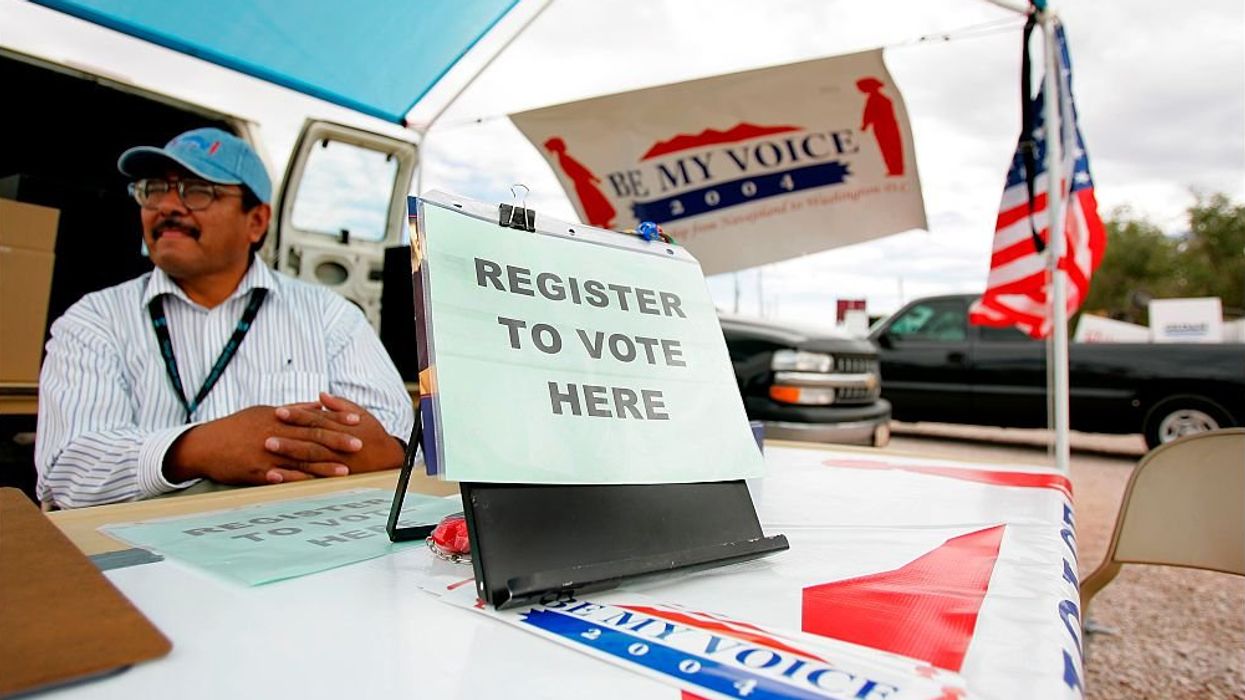On July 24, the Supreme Court temporarily blocked a Circuit Court order in a far-reaching case that could affect the voting rights of all Americans. Native American tribes and individuals filed the case as part of their centuries-old fight for rights in their own land.
The underlying subject of the case confronts racial gerrymandering against America’s first inhabitants, where North Dakota’s 2021 redistricting reduced Native Americans’ chances of electing up to three state representatives to just one. The specific issue that the Supreme Court may consider, if it accepts hearing the case, is whether individuals and associations can seek justice under Section 2 of the Voting Rights Act (VRA). That is because the Eighth Circuit Court of Appeals, contradicting other courts, said that individuals do not have standing to bring Section 2 cases.
Individual standing is essentially a life or death issue for the VRA, since the Court’s 2013 Shelby v. Holder decision quashed the Act's powerful preclearance protection against discrimination through modifications of electoral rules in specified jurisdictions with negative histories. That unleashed states to restrict minority voting rights in a variety of ways, which increased the importance of turning to Section 2. As noted in the tribes’ Supreme Court petition, more than 400 legal actions have been brought under Section 2 since 1982. If the Eighth Circuit’s decision prevails against that of other courts, then only the U.S. Justice Department will be able to bring Section 2 cases, and it has reversed its traditional pro-voting rights approach.
The case, The Turtle Mountain Band of Chippewa Indians v. Howe, therefore provides an opportunity to support Native American rights while simultaneously defending trustworthy elections. The case is also indicative of the denial of Native American rights and current voter suppression campaigns.
The Trail of Broken Promises Includes Disenfranchisement
Even though drafters of the U.S. Constitution drew on the structure of the six-nation Iroquois Confederacy (Haudenosaunee) and the democratic principles of Native American peoples, the trail of genocidal practices against Indigenous Americans includes disenfranchisement—on top of forced movement onto reservations, broken treaties, and deprivation of resources. They were not even recognized as citizens of this country, and therefore not allowed to vote in U.S. elections until the 1924 Indian Citizenship Act.
They then faced hostile conditions, including: voting barriers of some state constitutions, saying they were not state residents; literacy tests; discriminatory tax provisions; contorted guardianship definitions; and requirements to abandon traditional culture before registering to vote. Such machinations and their current derivatives are expertly documented in the Native American Rights Fund’s 2020 study “Obstacles at Every Turn” and in a July 2025 article in the Urban Lawyer that revisits the study, including 15 areas where specific reforms are needed.
Passage of the VRA in 1965 and the 1975 addition to it of Section 203 extended voting rights protections to Indigenous Americans, including Alaskan and Hawaiian native peoples. Yet, significant obstacles remain, particularly for those living on Tribal lands. Only about 13 percent of people who identify as “American Indian” live on the 326 federally recognized reservations, the populations of which include many non-tribal members of diverse backgrounds. Nonetheless, their challenges illustrate broader issues of voter suppression, evidenced in a 2024 study by the Brennan Center.
Among the key issues facing those living on tribal lands and rural areas are a lack of formal addresses, which present barriers to voter registration and voting by mail. The digital divide limits access to online voter registration and voting information. And, there often is a dire lack of registration centers, polling stations, and ballot drop boxes on those lands, often demanding hours-long travel to exercise voting rights. That may entail dealing with otherwise discriminatory environments off reservations.
Geographic isolation—also a major factor for Alaska Native peoples—poor roads, and a lack of transportation resources compound the burdens. Those factors, plus fees for obtaining driver’s licenses and other state-issued identification, present barriers, while such IDs may not be required on tribal lands—even though they may be necessary for registration and voting.
MAGA-driven proof of citizenship (PoC) requirements presented in the Presidential Executive Order on elections, the SAVE Act, and similar state legislation heighten voting barriers for Indigenous Americans living on and off tribal lands. PoC requirements would, in effect, eliminate the use of Tribal IDs for registration and voting, even though some states have moved to accept them. PoC acts requiring passports, birth certificates, and, in Wyoming, proof of state residency present tremendous bureaucratic and financial hurdles for Indigenous Americans. Ironically, the justification is that this country’s first residents must prove they are not “aliens” attempting to vote illegally.
Indigenous Americans live in significant numbers in states including Alaska, Arizona, Hawaii, Montana, New Mexico, Oklahoma, North and South Dakota, Washington, and Wyoming—and cities including Chicago, Houston, Milwaukee, Los Angeles, and New York. They are facing challenges beyond racial gerrymandering and other voting obstacles on Tribal lands. They also confront voter suppression efforts like overly burdensome ID requirements, limiting hours for voter registration even when it is allowed on election day, and restrictions on third-party ballot collection—which is important on tribal lands and affects the voting rights of many populations beyond them.
The Native American Rights Fund (NARF) and Lakota People’s Law Project (LPLP) are among the organizations using the courts to defend voting rights, while Western Native Voice (WNV), Four Directions, and state-focused groups like Alaska’s Get Out the Native Vote (GOTNV), Arizona Native Vote (ANV), and North Dakota Native Vote (NDNV) are conducting voter participation campaigns. All such efforts are taking place in an increasingly toxic general political environment that includes threats and political retribution by MAGA elements that are causing some funders of Indigenous American groups to hold back financial support.
The recent posting of western conquest imagery by the Department of Homeland Security, MAGA pundit Ann Coulter’s July 6 post on “X” endorsing the killing of American Indians, and President Trump’s pressuring of two U.S. sports teams to return to racist depictions of Native Americans further poison the environment around Native American rights. The recent $9 billion rescission bill that gutted funding for public media will undermine information integrity by hampering Native Public Media (NPM), Vision Maker Media (VMM), ICT, and other entities.
Indigenous Americans’ fight for their political rights is inextricably linked to the protection of everyone’s rights. The incorporation of the proposed Native American Voting Rights Act into a comprehensive package, along with the John R. Lewis Voting Rights Advancement Act, demonstrates that linkage. Like many things concerning Indigenous Americans’ rights, the act’s passage is long overdue.
At this crucial juncture for defending trustworthy elections and the continued existence of American democracy, we all should highlight and actively support efforts to defend Indigenous Americans’ voting and broader rights. Otherwise, we may all find ourselves to be casualties of a future autocratic version of “Manifest Destiny.”
Pat Merloe provides strategic advice to groups focused on democracy and trustworthy elections in the U.S. and internationally.



















